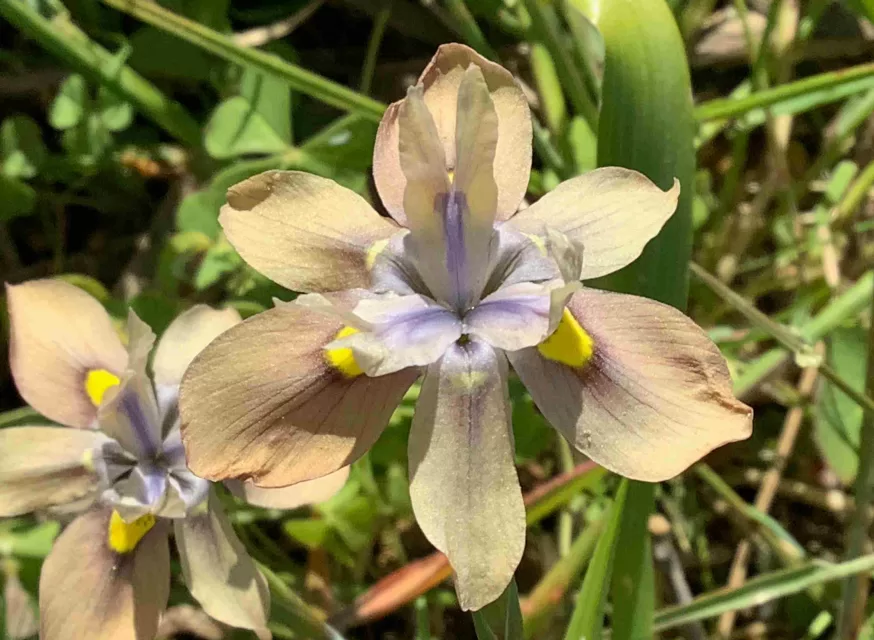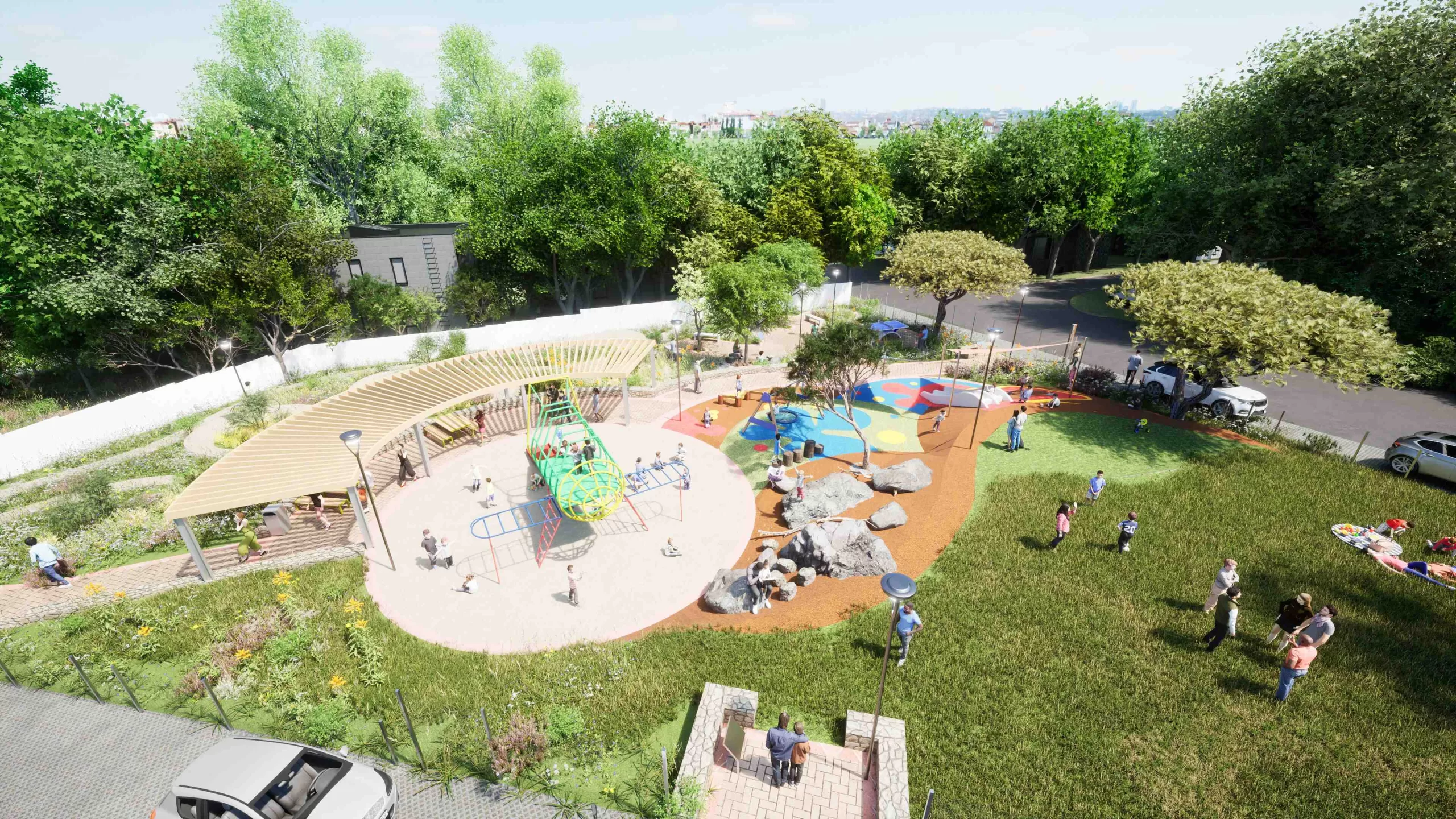As urban spaces expand and cities become less walkable, thriving community spaces have become a rarity. A recent report from UN-Habitat emphasises the importance of safe, green, and walkable spaces in creating connected communities, improving public health, lowering rates of crime and violence and promoting economic activity. TruForm Landscape Architects – a division of BPAS Architects – has partnered with the Welgemoed City Improvement District (WCID) to realise its vision of transforming public parks into thriving communal areas through a pioneering green space project.
Transforming open spaces in Welgemoed, Cape Town
The five-year community-funded project has begun with Sluysken Park – a children’s playground-orientated park – and aims to transform neglected public open spaces in the suburb of Welgemoed, Cape Town into community hubs that foster connection between people and nature. A focus on biodiversity reflects the origin of this project: a small volunteer-driven project to rehabilitate surviving fragments of critically endangered Swartland Shale Renosterveld in WCID open spaces. In a striking example of how improved biodiversity can revitalise neglected open spaces, this rehabilitation project drew residents back into their parks, culminating in this far more ambitious project.
“Public spaces are about creating connection—connection between community members, between people and nature, and with the broader benefits of a healthy and happy community in our lives,” says Timothy Snyders, Landscape Architect at TruForm Landscape Architects. “This is why we’re starting this project by collaborating with residents to develop beautiful, functional spaces that they’ll truly enjoy.”
The community-centric design of Sluysken Park will create green spaces that encourage connection and socialisation by providing activities for all age groups. “These spaces are being created with multi-generational enjoyment in mind,” says Snyders. The park’s upgrades will include elements such as jungle gyms that encourage child development and rehabilitation through play, a simple mountain bike trail, a shaded picnic area, and a concrete table tennis facility.
Creating Walkable Pathways for a Healthier Future
According to Snyders, the project also aims to link the parks through pedestrian walkways that encourage the flow of foot traffic and discourage community members from using cars. This not only reduces carbon emissions but also benefits residents’ health, as walking is proven to improve quality of life across all age groups. Research also shows that walkable, green spaces are highly effective in reducing violent and property crimes.
Biodiversity Meets Community

The WCID is also committed to creating a sustainable natural environment in the Welgemoed region—another essential element of a healthy, thriving community. “Being situated in one of the 36 recognised global biodiversity hotspots affords us the unique opportunity of doing our small part in helping to conserve a critically endangered habitat, of which less than 5% remains” says Louise Ferreira, WCID Director for Environmental Development.
“By protecting surviving remnants from mowing and reintroducing endemic species that once thrived in the Tygerberg, residents are rediscovering this unique habitat and caring about its survival. Our open spaces now become outdoor classrooms, where residents of all ages experience first-hand how pollinators like the Cape Carpenter Bee and the Neon Cuckoo Bee return to once desolate parks.”
Also Read: Cape Town International Airport upgrade project underway
“In Sluysken Park alone, we will be planting some 5000 plants this year, representing more than 60 different species, of which 10 are Red Data List Species. These plants have been propagated from cuttings and seeds collected in natural remnants within a 12km radius of WCID to protect the genetic integrity of the neighbouring Tygerberg Nature Reserve. This project is unique, because we will be experimenting with Renosterveld species that are not generally available for use in landscaping projects. We will learn as we go and hope to inspire and collaborate with other communities to do the same in their areas. Given the unprecedented loss of biodiversity, we owe it to future generations to reject ‘blandscaping’ that focuses simply on aesthetics, with no regard for ecological functioning or the protection of endemic species,” adds Ferreira.
“It has been humbling to see how years of hand-weeding parks, clearing invasive aliens, holding propagation workshops and planting Renosterveld have created a ‘community within a community’,” says Ferreira. “And it is this community who have made it possible for the WCID to turn what seemed like a moonshot plan four years ago, into a reality with open spaces for people and nature thrive.”
Sluysken Park is set to be fully functional and open to the public in September, with the upgrading of four other identified WCID parks to follow over the next five years.


A very exciting project with a fantastic team! Looking forward to seeing this “grow”!